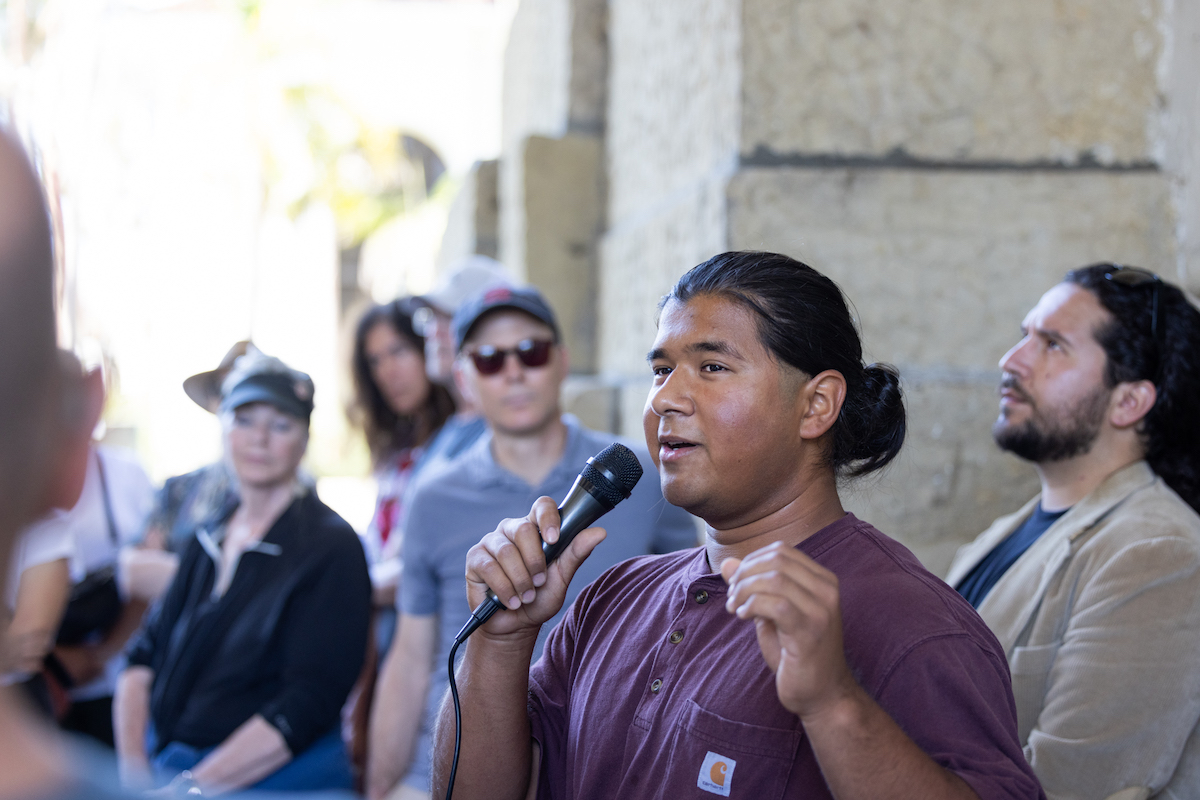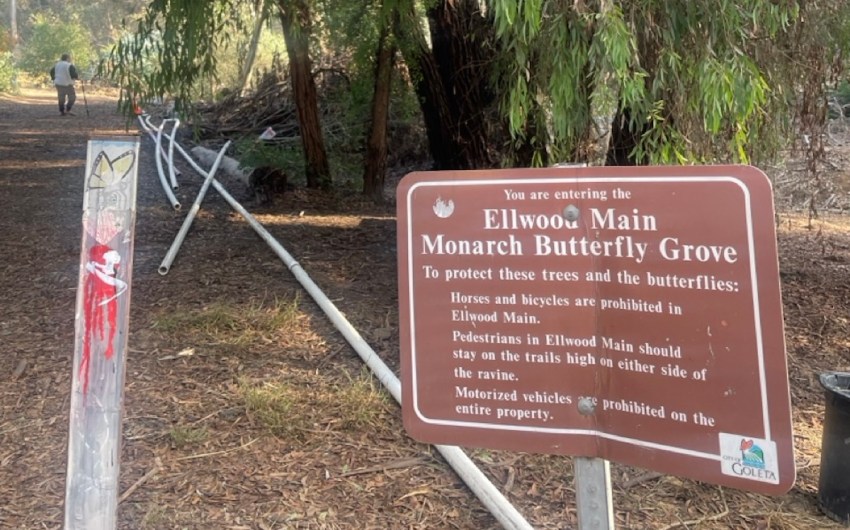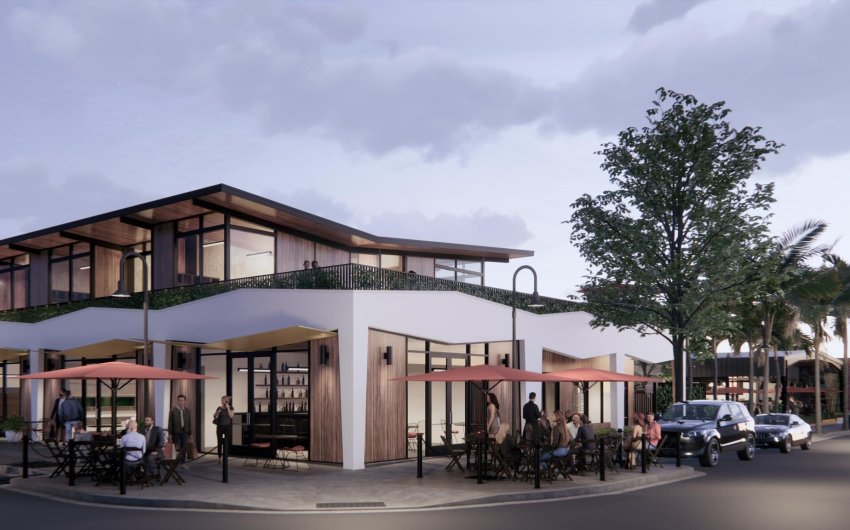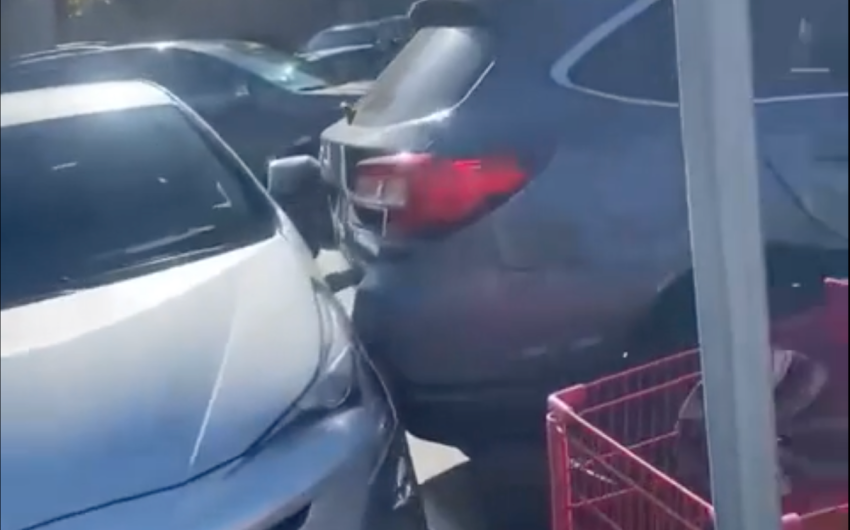Asking Tough Questions About Old Spanish Days in Santa Barbara
Cultural Walking Tour Offers Three Perspectives on Annual ‘Fiesta’ Celebration

Now in its 100th year, Santa Barbara’s annual summertime “Old Spanish Days” celebration has become known as a week full of flamenco dancing, Mexican food, folklórico music, and, of course, confetti-filled cascarones cracking over heads.
But the history behind Santa Barbara’s Spanish roots is complicated. While some locals hold a special connection to the parades, parties, and performances at the Mission and courthouse, the annual “Fiesta” celebration can be a painful reminder of this complicated past for others in the community.
On Saturday, historian Michael Montenegro and Santa Barbara Neighborhood Walks hosted a cultural walk through downtown, offering “Three Perspectives of Old Spanish Days” and inviting the public to consider how the annual celebration affects every part of the community.
The event featured former Old Spanish Days El Presidente Erik Davis, who spoke about the history of Fiesta and his personal experience running the event in 2020; Montenegro, a Chicano storyteller who wishes to honor the traditions of Fiesta while acknowledging the complex past; and Šmuwič-Chumash filmmaker Spenser Jaimes, who offered the perspective of the native peoples of the region who consider Old Spanish Days a “celebration of colonization.”
Jaimes spoke to the crowd of nearly 50 under the sandstone archway at the courthouse, explaining his research on the history of the Spanish colonial period from a Chumash perspective, which he says is often unmentioned in the annual celebration of Old Spanish Days.
He described the Chumash living for thousands of years in peace before the Spanish arrived. Once the mission period began, Chumash life was turned “upside down,” he said, with families ripped apart, forced to abandon their culture and convert to Catholicism. This created generational trauma, including in his own family, which can be traced back to an ancestor who was taken from her village on the islands as a teenager and forced to marry a Spanish soldier who was decades older.
“When the Spanish got here, that was the end of our world,” he said. “That was our apocalypse.”
The celebration of this Spanish period, and the romanticization of Old Spanish Days, is the same as celebrating this apocalypse, he said. And the fact that one of the main events is held on the steps of the Mission, he added, is just another insult to the unnamed Chumash who are buried there.
“Almost all the Fiesta posters have Mission Santa Barbara in them, which was built by slaves, built by my ancestors,” Jaimes said. “There’s people buried inside of that. There’s people buried in the Rose Garden. That has never been acknowledged.”
He said that this is part of a bigger conversation about Old Spanish Days, which he feels is on its way to transitioning toward a different, more inclusive, community celebration that honors the entire history of Santa Barbara — including before the Spanish period.
“People in Santa Barbara are starting to wake up and ask questions,” he said. “What happens to Fiesta, what happens to the City of Santa Barbara, when your entire economy and culture is based on colonization?”
As the group of more than 50 made its way over to the Presidio, Montenegro offered his perspective as a first-generation Santa Barbara local with both Spanish and Mexican heritage. Speaking in front of the statue of Spanish King Carlos III — which was relocated from De la Guerra Plaza to the dusty courtyard behind the Presidio after community outcry in 1992 — Montenegro talked of his early memories making colorful confetti-filled eggs with his family.
For locals of Mexican heritage, Fiestas is a unique week of celebration of Latino culture and people, he said: “This is the one week when everybody wants to be Mexican.”

But on the other side, it highlights the “disconnect” he sees many Latino people feel in Santa Barbara throughout the rest of the year. Mexican-Americans, he said, are often characterized as “the help,” creating a social dynamic where Latinos, despite making up nearly 40 percent of the population, are made to feel like outsiders in their own community.
“We are the ones who clean the mansions; we are the ones who clean the hospitals,” he said. “We are the ones who clean the streets; we’re the ones who make the gardens beautiful, who trim your trees, who pick your food — we’re the ones who make Santa Barbara beautiful.”
He also described the inner conflict that he feels sharing both Spanish and Mexican heritage, walking the line between honoring his Spanish heritage without dismissing the “bloody” history behind colonization. Knowing the full context of history is important to understand our culture today, he said.

“If you know where you come from, you know where you’re going,” he said.
At the Santa Barbara Historical Museum, Davis told of his own family memories of Old Spanish Days during his childhood. His sister was a flower girl, and his father helped organize the pancake breakfast. “It’s been a family tradition,” he said.
In the beginning, Davis explained, Old Spanish Days was created as a celebration of the “Great Rancho Period” from 1824 to 1866. The name, he said, was chosen because even during the Californio period when the city became part of the U.S., residents primarily spoke Spanish.
In the early 1920s, the city arts association, local businesses, and powerful families banded together to organize the event as a way to attract tourists during the summer months and preserve the history of the Spanish and Californio periods.
Over the years, he said, the annual event has evolved into what it is today, “families gathering together, making memories, forming traditions, and sharing the pride we all have in the community.” And though there are many perspectives to be taken into account during this upcoming 100th year anniversary of Old Spanish Days, “One thing we can all agree on,” Davis said, “is Santa Barbara is a great place.”
Premier Events
Thu, Dec 12
5:00 PM
SANTA BARBARA
Grand Opening of Art & Soul in the ARTS District
Fri, Dec 13
5:00 PM
Santa Barbara
Mosaic Makers Market – Holiday Night Market
Fri, Dec 13
12:00 PM
Santa Barbara
Gem Faire
Fri, Dec 13
7:00 PM
Santa Barbara
SBHS 2024 Annual Fall Dance Recital
Sat, Dec 14
7:00 PM
Santa Barbara
“Moonlight Reflections with Garbo”
Thu, Dec 12 5:00 PM
SANTA BARBARA
Grand Opening of Art & Soul in the ARTS District
Fri, Dec 13 5:00 PM
Santa Barbara
Mosaic Makers Market – Holiday Night Market
Fri, Dec 13 12:00 PM
Santa Barbara
Gem Faire
Fri, Dec 13 7:00 PM
Santa Barbara
SBHS 2024 Annual Fall Dance Recital
Sat, Dec 14 7:00 PM
Santa Barbara



















You must be logged in to post a comment.